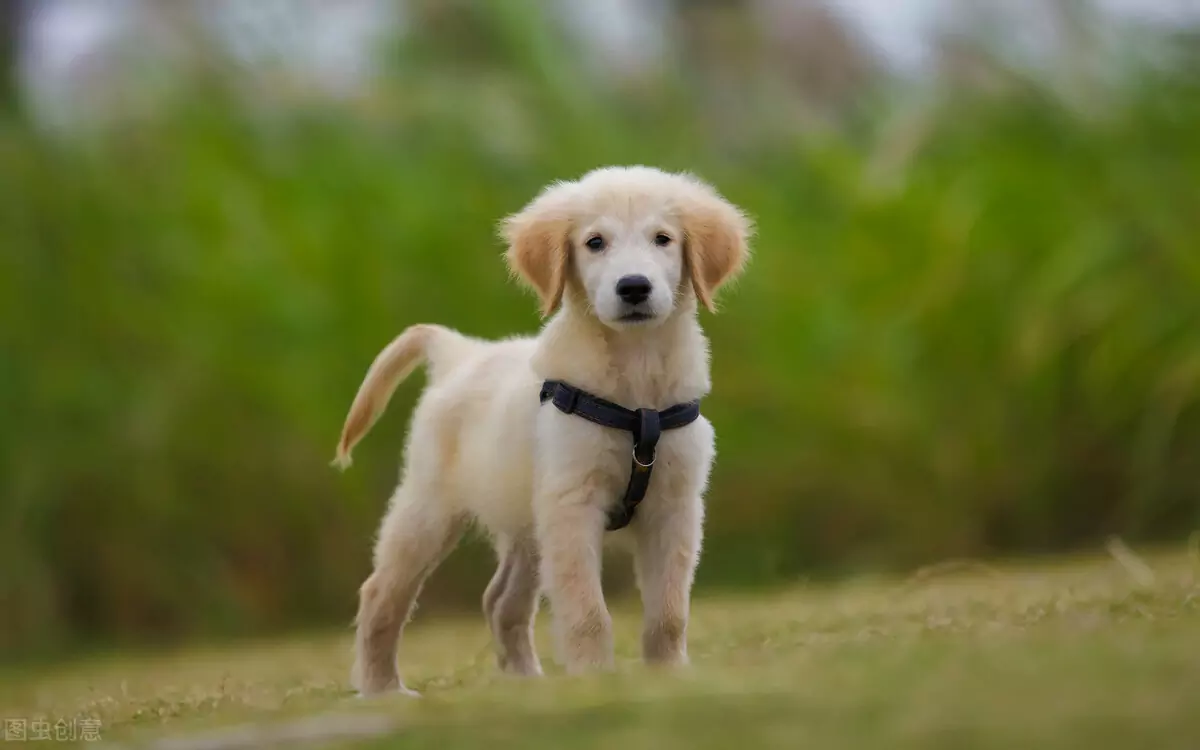When does a cat become fully grown?
2022-08-04
I. When does a cat stop growing?
Cats stop growing around 12 months of age. With this in mind, breed and sex play an important role in growth. For example, a Maine Coon weighing 20 pounds may not be fully grown until it is closer to five years old. Some cats reach a full size between the ages of 18 months and 4 years, pending breed!
When does a cat stop growing?
A cat is usually fully grown at about 12 months, with some cats taking longer. Some felines reach sexual maturity before they reach adulthood, and pet parents need to be aware of the different stages of development when planning for their kitten's future. Always discuss the developmental stages of kittens and youngsters with your breeder or shelter.
The different stages of development
After five days, kittens are still unable to regulate their body temperature or open their eyes. By the time a kitten reaches 10 weeks, this little ball of fur has developed an independent personality. Many kittens reach adulthood at one year of age and it is time to consider switching your little buddy to adult cat food.
Five days
Kitten, at five days old, has some sense of the world, but her eyes are not yet open. During the first week, kittens stay with their mother and do nothing but feed and sleep.
Two weeks
The kittens' eyes are open, but their vision is imperfect. Within a few weeks, all cats' eyes are blue, gradually becoming a permanent color.
Four weeks
Kittens put up their tails as a balance bar. Some of the cat's milk teeth have come in and the digestive system may be better able to cope with solid food.
Eight weeks
At eight weeks, the cat is very active and fascinated by everything. Feline habits, including self-grooming and hunting, are practiced on toys or siblings.
Ten Weeks
Kittens are slowly maturing and developing an independent personality. Kittens at this stage need a lot of supervision because this growth period is when cats begin to jump and climb.
Six Months
At six months, your cat is approaching adulthood! Start discussing with your veterinarian whether or not to have your cat spayed or neutered.
One Year
At approximately 10 to 12 months of age, your cat may transition to adult cat food. Always discuss with your veterinarian when it is appropriate to make the switch, as larger breeds such as the Maine Coon may benefit from eating kitten food until he is two years old. This is usually the stage at which the cat stops growing and becomes an adult.
Young "adults"
A young adult cat is a kitten between one and six years old. Larger breeds may mature at a later stage in this development.
Large cat breeds as adults
Larger felines are more mature than many normal-sized cats.
Maine cats mature slowly, usually not fully grown until they are five years old.
Savannah cats do not reach adulthood until they are two or three years old.
American short-tailed cats are not considered adults until they are close to two years old.
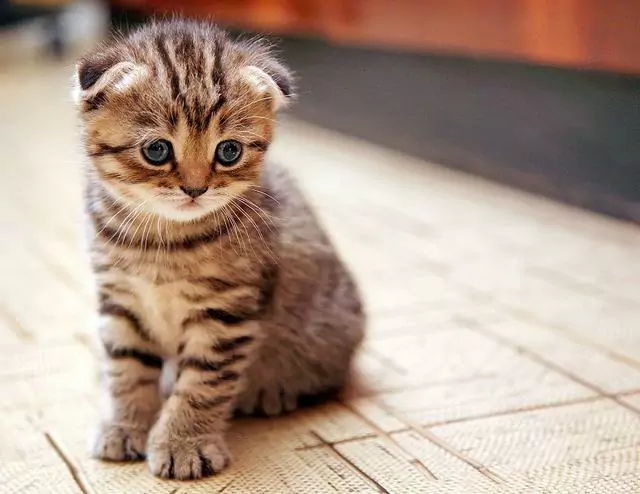
II. When do kittens grow up
When do kittens grow up
A cat kitten is very weak and is completely dependent on its mother for the first three weeks of its life.
The sparse fur on the kitten's body cannot keep it warm. Its thin, brittle legs are incapable of allowing this small, unarmed creature to learn to move.
In addition, its head is too big and heavy for its body. Trying to lift its head was too much effort for it.
Since it can't set its head straight, it also wobbles when it walks. It can fall at any time. Usually, it will bump into its mother or fellow sibling.
If he fails in his attempt to stand up, he will immediately send a distress signal to his mother. Mom will come in time to carry the little thing back to the warmth of the nest.
Overdrive in swaddling
Even experienced cat owners are amazed time and again at the speed of growth of these little ones who are dependent on their mothers when they are first born.
-The kittens' eyes open 8 to 14 days after birth, but it takes another 2 to 3 days for their eyesight to function properly. All newborn kittens have blue eyes, but it takes nearly two years to develop their final color.
The pigment that forms the color of their eyes begins to be stored in the kitten's eyes in the third month of life. This pigment also protects the eyes from harsh light.
At almost the same time, kittens begin to respond to external sounds, such as the purring sounds they hear from their mother, which calms them down
-After two weeks, they begin to try to walk, although their steps seem wobbly at this time and they often take two steps backward involuntarily.
Kittens have no teeth when they are born. Teething begins in the third week after birth, and by the sixth to seventh week, all 26 milk teeth have come in. These milk teeth will be replaced by permanent teeth when they reach 4 to 8 months of age. Adult cats have 30 teeth, 16 on top and 14 on the bottom.
-Three-week-old kittens are already taking care of their bodies.
The period of crazy growth
From the fourth week of life, kittens are unrecognizable: if they were growing at the pace of a slow-motion movie before, this is the period when they start to play with each other, wrestle and chase each other for fun, and these behaviors become more and more unrestrained and difficult as they get bigger and bigger each day.
Mother cats also act as their gymnastic apparatus at this time and endure their fierce attacks. Most of the time the mother cat takes it all patiently, and only when her children go too far will she purr and purr to scold them.
Group play. Kittens exercise their motor skills and reflexes in games to improve their physical fitness. In playing with each other to test each other's bottom line, they will learn when they should stop. This behavior can be considered as the first step in developing their "group living ability", which is crucial for their whole life and personality development.
Discovering new worlds
It is also from this period that they begin to explore the world outside their habitat. The desire to explore and the curiosity developed as a child will remain with them as adults.
Soon after, the mother cat will explore the environment around the living area together with her children. Even before the kittens leave their mother, at less than 6 weeks old they are already beginning to trust their sense of the world.
Their reflexes and sensitivities will improve as they grow older.
Learning from role models
Cats learn through observation and imitation. Until kittens are 12 weeks old, their mothers are their role models. Mother cats take their educational tasks seriously, and at 5 weeks old, kittens learn to recognize prey.
The mother cat will bring home dead prey from outside, which is exciting for the kittens, although at this stage they still only see mice as toys. Soon they will learn what a mouse is and what it means to catch one.
At this stage, there is no need to require kittens to dispose of things after urinating or defecating. They can learn by instinct when they are outdoors, and this is a prerequisite for them to learn to use the cat toilet.
Self-reliance
From the 6th week onwards, the mother cat's milk will become more and more frequently short, and by the 10th week at the latest, there will be no milk at all.
This is not a big deal because, from the 4th week onwards, the kittens can eat some solid food. If a mother cat only needs to nurse one kitten, the nursing period is usually longer than if she is nursing multiple kittens at the same time.
The mother cat's refusal to nurse must be related to the kitten's slowly growing sharp teeth, which can hurt her when she eats milk. What should be more painful to the mother cat are the little claws that scratch all over the kitten's belly while it is breastfeeding.
Sexual maturity
Female cats will reach sexual maturity at 6 to 9 months of age. Some oriental breeds, such as Siamese cats, will even be a little earlier. Their fertility will continue for a long time.
Female cats that are 14 to 16 years old can still be fertile. Sexual maturity in male cats generally begins at 7 to 11 months of age.
Cats will continue to develop after they reach sexual maturity. Growth and development will continue until 12 to 15 months of age. In some larger breeds, physical development and behavioral development may even end at more than two years of age.
Giving the kitten away
Without external intervention, kittens will grow naturally until they are half a year old before they leave their mother on their own. Until the kitten is 12 weeks old, it is best not to hand it over to strangers.
Although kittens are already independent at 8 weeks old, it is in these last weeks that they can learn many skills and behavior patterns from their mother that will have a greater impact on their future lives. Leaving kittens away from their mothers too early is a deficiency that cannot be remedied later.
Once the kittens reach sexual maturity, they will become sexually active. Many cat owners want to provide their kittens with the opportunity to live with their siblings and spend a "happy childhood", but in the end, they find that the baby cats have their babies. Whether they are brother and sister or sister and brother, in the world of cats, blood relatives do not stop them from
Was this article helpful to you?
Other links in this article
English:
When does a cat become fully grown?
Deutsch:
Wann ist eine Katze ausgewachsen?
español :
¿Cuándo se convierte un gato en adulto?
Français:
Quand un chat devient-il adulte ?
Italiano:
Quando un gatto diventa adulto?
Nederlands:
Wanneer is een kat volgroeid?
Polskie:
Kiedy kot staje się w pełni dorosły?
português (Brasil):
Quando um gato se torna plenamente adulto?
日本語:
猫はいつから成猫になるのですか?
中文简体:
猫什么时候才能完全长大?
中文繁体:
貓什么時候才能完全長大?
Comments

Why do cats sleep so much? How long do cats sleep in a day? Cats' sleep cycles, sleep habits, and dreaming

Why is my cat losing its hair?
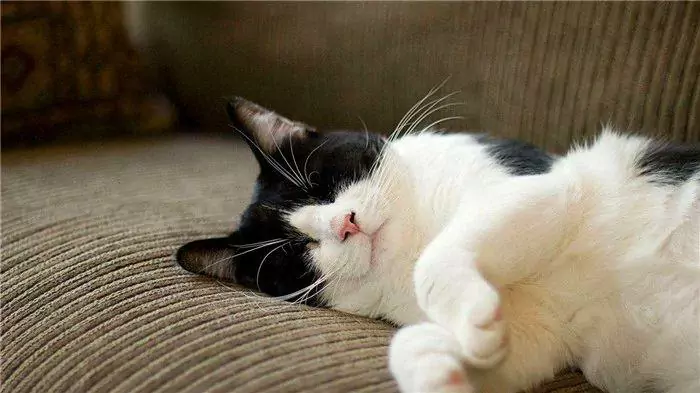
Why do cats purr?
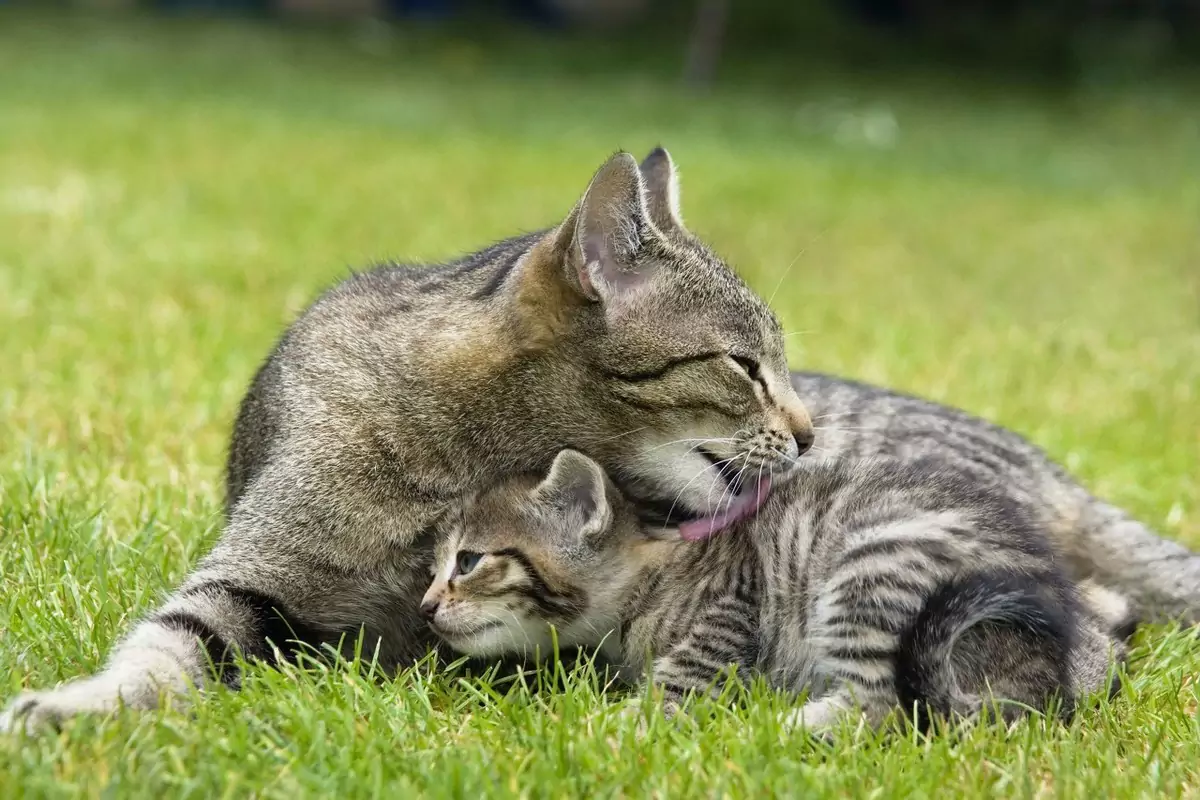
Why do cats groom each other?

How long do cats live indoors? Do cats get lonely?

Why do cats make hissing noises? The origin of the hissing sound of cats
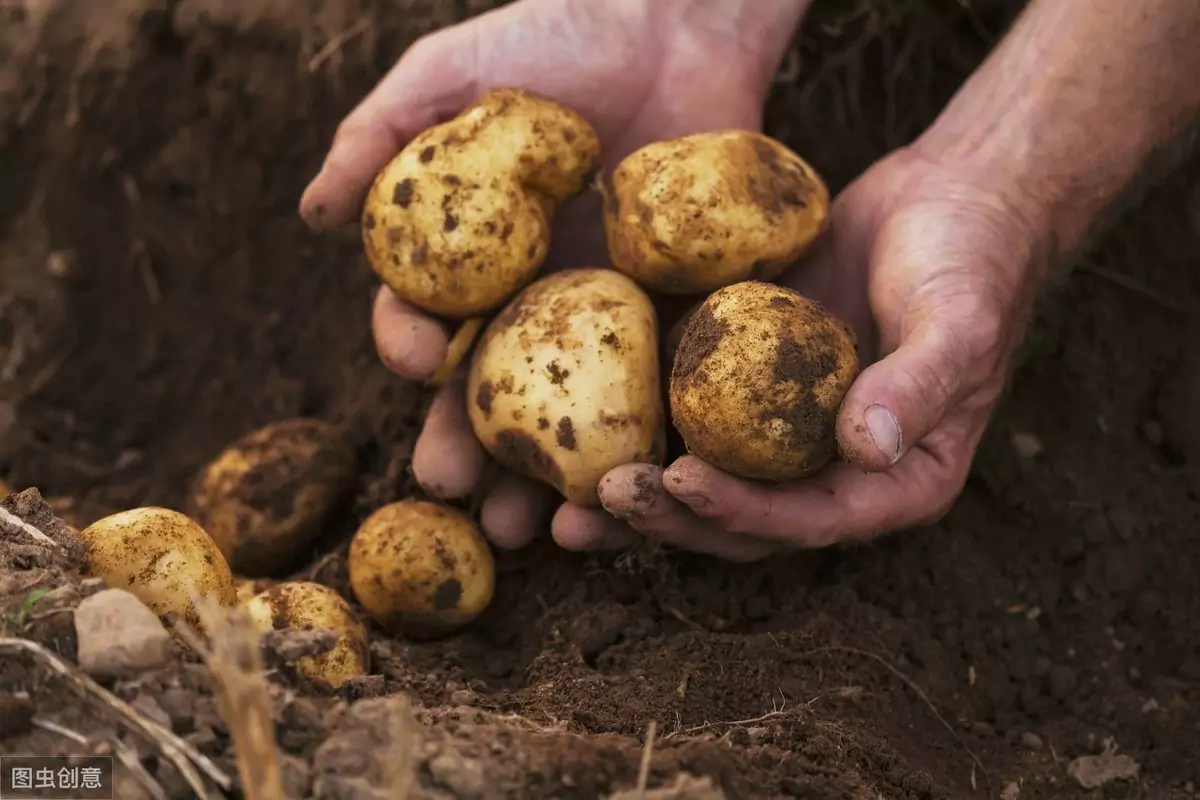
Are potatoes toxic to cats? What causes the onset of potato sprout poisoning in cats?

Why does my cat sleep on top of me? Reasons why cats like to sleep next to their owners

How do make cats like you? How to get cats to like us is quite simple

Can cats eat grapes? Why can't cats eat grapes?







